Galaxy S25 Edge vs Galaxy S25 Ultra: The thinnest vs the biggest Samsung?
We may earn a commission if you make a purchase from the links on this page.

Intro
It's 2025, and regular flagship phones don't cut it anymore.
You need something new and intriguing to capture the attention of the regular public, and it seems that both Apple and Samsung agree this could be thin phones.
In preparation of the iPhone 17 Air, which is coming later this year, Samsung has just announced the latest member of its Galaxy S25 lineup, the new and ultra-thin Galaxy S25 Edge. With a super-thin 5.8 mm titanium body, it emphasizes the design aspect of Samsung's phone and puts nearly all its eggs in that basket.
Where does the Galaxy S25 Edge fits in the larger Samsung narrative, and how does it compare against the very best Galaxy out there, the Galaxy S25 Ultra?
Galaxy S25 Edge vs Galaxy S25 Ultra differences:
| Galaxy S25 Edge | Galaxy S25 Ultra |
|---|---|
| Super-thin 5.8 mm titanium body | Significantly thicker at 8.2 mm |
| Flat design with rounded corners | Flat titanium design with rounded corners |
| 6.7-inch flat display | Larger 6.9-inch OLED screen |
| No anti-reflective coating | Second-gen anti-reflective coating |
| Granular and smoother 1-120Hz refresh rate | Standard 1-120Hz refresh rate |
| Wide and ultrawide cameras (200MP+12MP) | Quad rear camera (200MP+50MP+10MP+50MP) |
| 256GB and 512GB storage versions | 256GB, 512GB, and 1TB storage options as well |
| No stylus support | S Pen on board |
| 3,900 mAh battery | 5,000 mAh battery |
| Titanium Silver, Jetblack, Icyblue colors | Titanium Gray, Titanium Black, Titanium Whitesilver, Titanium Silverblue colors |
Table of Contents:
Read more:
Design and Size
Thin is definitely in

(Image by PhoneArena)
The Galaxy S25 Edge is all about that design. After years of mostly growing and growing, it seems that manufacturers are now looking to saturate the other end of the spectrum and gauge consumers' interest in ultra-thin phones.
The Galaxy S25 Edge is the first high-profile phone from a major manufacturer to pioneer this space. The magic number here is 5.8 mm––that's precisely how thin the Galaxy S25 Edge is, making it noticeably more compact than just about any other proper flagship out there. For example, an iPhone 16 is 7.8 mm thick, while the regular Galaxy S25 measures 7.2 mm.
Aside from the superb thinness, the Galaxy S25 Edge is unmistakably a "Galaxy". It has those same core design features as the rest of the Galaxy S25 lineup, like a flat frame, flat front and back panels. The corners are slightly curved, consistent with the Galaxy S25, Galaxy S25 Plus, and the new Ultra itself.
It also has a titanium frame, making it the second phone in Samsung's roster to do this. Interestingly, the other one is the Galaxy S25 Ultra itself.
New on the Galaxy S25 Edge is Corning's Gorilla Glass Ceramic 2.0 glass, which uses enhanced methods to crystallize glass, making it even more resistant to cracks and scratches. However, we don't get the same anti-reflective coating here as on the Galaxy S25 Ultra.
| Galaxy S25 Edge | Galaxy S25 Ultra |
|---|---|
| Thickness 5.8 mm (10mm with camera) | Thickness 8.2 mm (9.1 mm with camera) |
| Weight 163 gr | Weight 218 gr |
One major change can be immediately spotted at the rear of the Galaxy S25 Edge. It has a somewhat protruding camera island at the back, but most importantly, the camera bump houses just two cameras. More on that later.
How does the Galaxy S25 Ultra compare?
Size-wise, the Galaxy S25 Edge clocks in at158.2 x 75.5 x 5.84 mm, while the Galaxy S25 Ultra measures 162.8 x 77.6 x 8.2 mm. The latter's obviously taller, wider, and thicker, given that it's the best-spec'd flagship phone in Samsung's lineup, and packs more hardware inside.
One of those is the built-in S Pen stylus. The Galaxy S25 Edge doesn't support this hardware feature.
Display Differences
The Galaxy S25 Edge comes with a 6.7-inch Dynamic AMOLED 2X screen, with a super-smooth 1-120Hz refresh rate. New here is the smoother and more granular refresh rate, which now supports smaller increments instead of the standard 1Hz steps. This would lead to a smoother overall experience and sounds like something that could very soon get adopted by many other devices.
Aside from that, we get a QHD+ display with 2600 nits of peak brightness that's mostly similar to the one you get on the Galaxy S25 Plus.
On the other hand, the Galaxy S25 Ultra comes with a 6.9-inch Dynamic AMOLED 2X screen with 1-120Hz refresh rate, sharpness of nearly 500ppi, and peak brightness around 2,600 nits.
One unique feature that the Galaxy S25 Ultra has but the Galaxy S25 Edge doesn't is an anti-reflective coating on the screen, which prevents unwanted reflections from marring the user experience. It's a beneficial feature that we hope every Galaxy from now on adopts, but this feature doesn't seem to be trickling down just yet.
Biometrics-wise, both devices come with ultrasonic in-display fingerprint scanners on board.
Performance and Software
Snapdragons for everyone

(Image by PhoneArena)
The Galaxy S25 Edge and the Galaxy S25 Ultra share the same Snapdragon 8 Elite for Galaxy chipset. Built on a 3nm manufacturing node, this one is a slightly overclocked version of the regular Snapdragon chip and is a proper powerhouse that shines both in synthetic benchmarks and in real life scenarios.
While the Galaxy S25 Edge comes with the same cooling system as the rest of the Galaxy S25 lineup. However, the peculiarities of the ultra-thin design have forced Samsung to tune up the Galaxy S25 Edge's chip for efficiency. As the cooling solution inside lacks the physical space to disperse heat as well as the larger Galaxy S25 Ultra, such an optimization is critical and paramount.
While our benchmark tests are pending, we definitely expect the Galaxy S25 Ultra to perform better, despite the same chip being inside either phone.
In terms of memory and storage, the Galaxy S25 Edge features 12GB of RAM, which is just as much as the Galaxy S25 Ultra. This should be enough for regular multitasking capabilities as well as to process on-device AI requests swiftly.
Storage-wise, the Galaxy S25 Edge comes in either 256GB or 512GB of storage, but the Galaxy S25 Ultra can be yours in either 256GB, 512GB, or 1TB.
Both the Galaxy S25 Ultra and the Galaxy S25 Edge comes along with Android 15, One UI 7, and seven years of software support. Although it took its sweet time to arrive to older Galaxies, One UI 7 is an important software update that refreshes the user interface, adds some new features, and enhances existing ones.
Camera
The first two-camera Samsung phone in ages
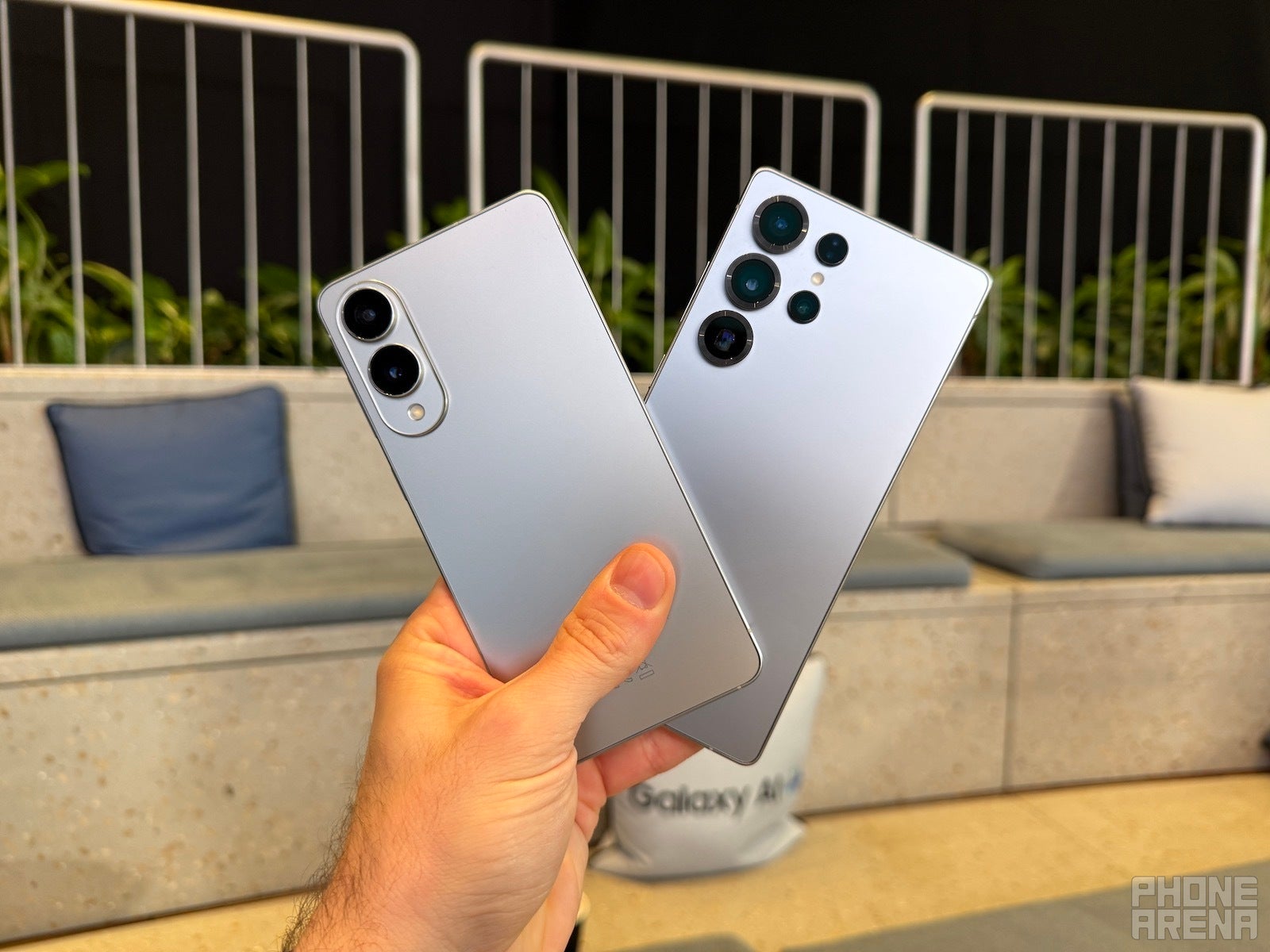
(Image by PhoneArena)
The Galaxy S25 Edge is all about the design, so the camera has taken the back seat. The phone features a dual camera, consisting of a high-res 200MP wide-angle one and a 12MP ultrawide. The 200MP might offer 2X lossless zoom thanks to in-sensor cropping.
Meanwhile, the Galaxy S25 Ultra comes with everything but the kitchen sink. A 200MP wide-angle camera, a 50MP ultrawide, a 50MP periscope with 5X zoom, and another 10MP 3X telephoto. Up front, we get a 12MP front camera.
That's as good as it gets right now, as the Galaxy S25 Ultra is the current leader in our custom PhoneArena Camera score ranking, where it shares the top spots with phones like the Xiaomi 15 Ultra and the Oppo Find X8 Ultra.
The Galaxy S25 Edge features the same sensor as the Galaxy S25 Ultra but uses different lenses on top. Nevertheless, we expect the image quality to be mostly similar, at least as far as the main camera image quality is considered.
| Galaxy S25 Edge | Galaxy S25 Ultra |
|---|---|
| Wide 200MP | Wide 200MP F1.7 |
| Ultrawide 12MP | Ultrawide 50MP F1.9 |
| - | Periscope 50MP 5X zoom |
| - | Telephoto 10MP 3X zoom |
| Front 12MP | Front 12MP |
Battery Life and Charging
Probably not destined to be a battery champ
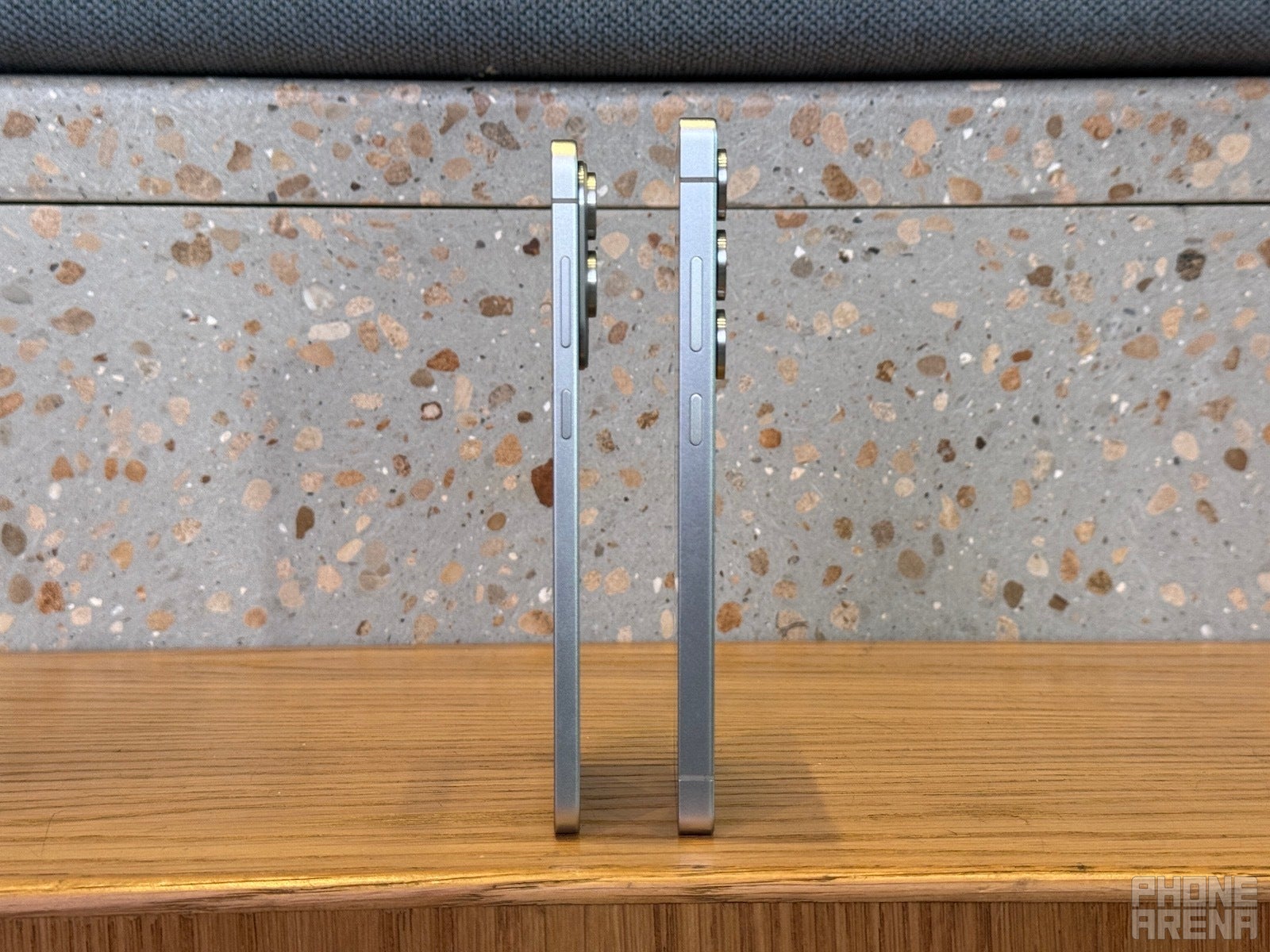
(Image by PhoneArena)
One thing is certain about the Galaxy S25 Edge: this one likely won't top the battery test rankings.
The limiting form factor of the Galaxy S25 Edge has only allowed Smausng to put a 3,900 mAh battery inside. In comparison, that's just 100 mAh less than the battery inside the Galaxy S25. Although the Snapdragon 8 Elite is fairly efficient, we doubt that the Galaxy S25 edge will be able to beat the Galaxy S25 in our battery endurance tests.
Still, Samsung promises an "all-day battery life", but that certainly comes with many asterisks.
At the same time, the Galaxy S25 Ultra is equipped with a larger 5,000 mAh battery, similar to what most previous Galaxy Ultra flagships had. It has superb endurance and punches above its weight in terms of battery longevity, so it's nigh impossible that the thinner phone will be able to keep up.
Charging-wise, the Galaxy S25 Edge comes with 25W wired and 15W wireless charging. That's fine, and consistent with the charging speeds the regular small-sized Galaxy flagships have got through the years. The Galaxy S25 Ultra beats that with faster 45W wired charging, but the same rate of wireless charging.
Specs Comparison
Here's how the Galaxy S25 Edge vs the Galaxy S25 Ultra specs compare:
| Galaxy S25 Edge | Galaxy S25 Ultra |
|---|---|
| Size, weight 158.2 x 75.5 x 5.84 mm 163 gr | Size, weight 162.8 x 77.6 x 8.2 mm 218 gr |
| Screen 6.7" AMOLED Granular 1-120Hz 2,600 nits | Screen 6.9" AMOLED 1-120Hz 2,600 nits Anti-reflective coating |
| Processor Snapdragon 8 Elite for Galaxy 3nm | Processor Snapdragon 8 Elite for Galaxy 3nm |
| Versions: 12GB/256GB 12GB/512GB LPDDR5 | Versions: 12GB/256GB 12GB/512GB 12GB/1TB LPDDR5 |
| Cameras: 200MP main 12MP ultrawide 12MP front | Cameras: 200MP main 50MP ultra 50MP 5X zoom 10MP 3X zoom 12MP front |
| Battery: 3,900 mAh | Battery: 5,000 mAh |
| Charging: USB-C 25W wired 15W wireless | Charging: USB-C 45W wired 15W wireless |
Summary
With the Galaxy S25 Edge and its super-thin body, the whole focus is on the design language, with the hardware specs taking more of a secondary role.
While the phone is as capable as its peers in the Galaxy S25 lineup, it is a litmus test for Samsung, determining whether consumers would get excited about a phone that's all design but doesn't necessarily come with the best of the best hardware out there. To some, that would be sufficient.
Meanwhile, the Galaxy S25 Ultra is the best no-nonsense flagship phone in Samsung's arsenal, featuring the best hardware the company has right now. It's the phone you get if you care about the hardware and desire the best of the best. At the same time, the design here is also quite premium, so the Ultra doesn't really play second violin to the Edge.
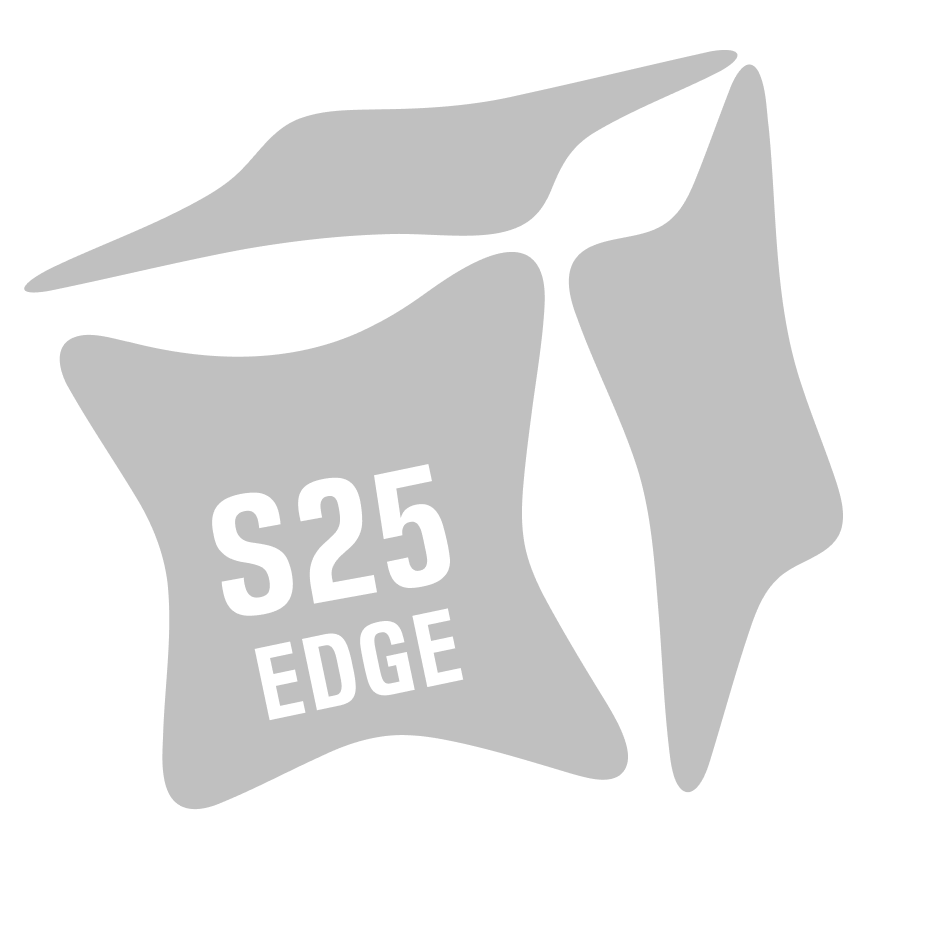



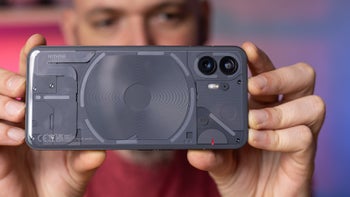
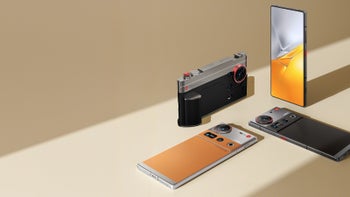
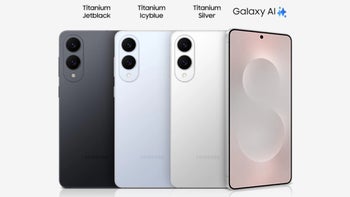







Things that are NOT allowed: